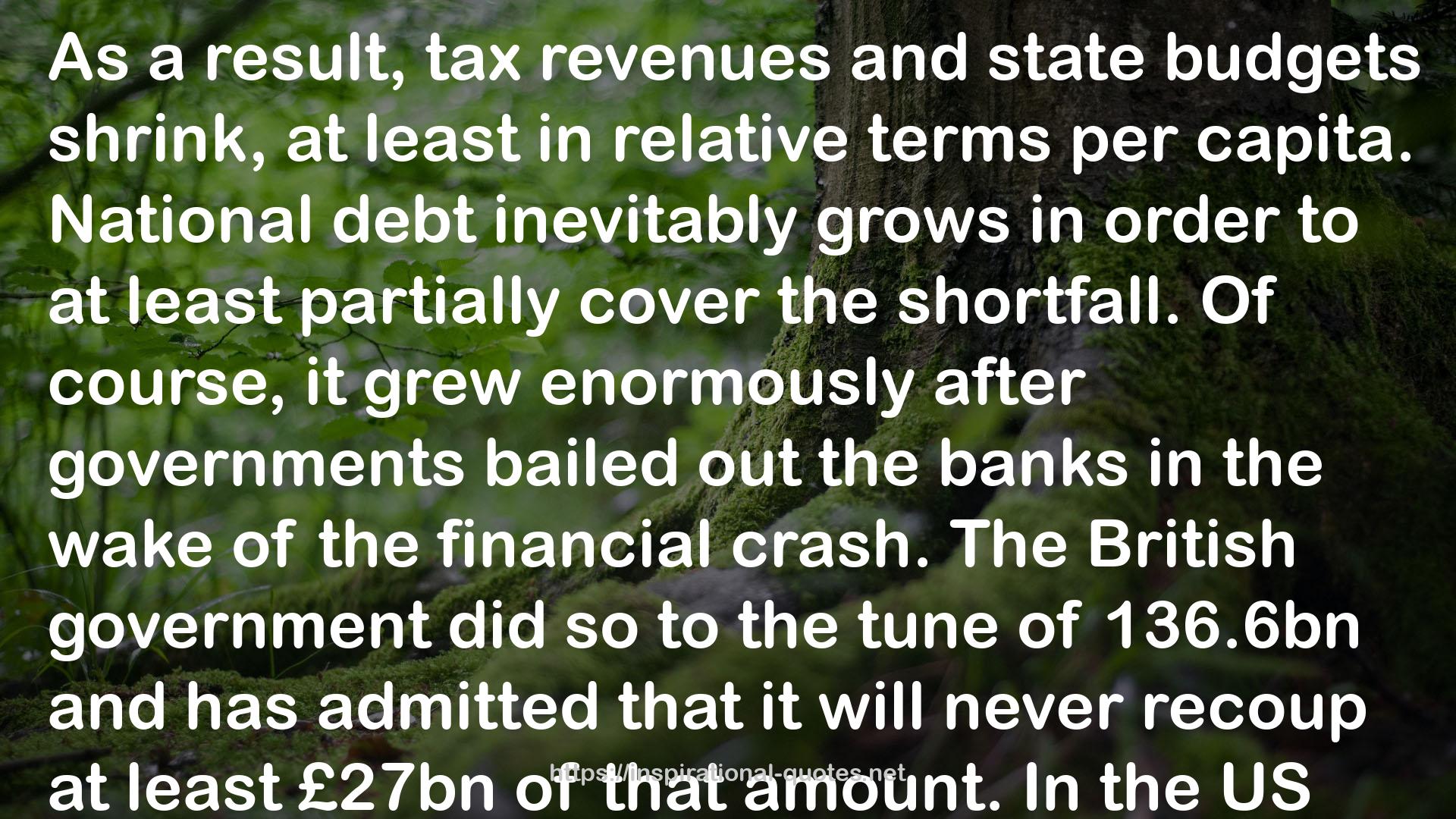Socialism or Extinction: Climate, Automation and War in the Final Capitalist Breakdown QUOTES
SOME WORKS
- Putting Your Past Behind You: Finding Hope for Life's Deepest Hurts
- Getting to No: How to Break a Stubborn Habit
- We Will Not Be Silenced: Responding Courageously to Our Culture's Assault on Christianity
- One Minute After You Die: A Preview of Your Final Destination
- Life-Changing Bible Verses You Should Know
- Beckett's Words: Theodicy, Justice and the Promise of Happiness
- The Four Corners, a Sicilian Story
- Mélusine (Doctrine of Labyrinths, #1)
- The Tempering of Men (Iskryne World, #2)
- A Companion to Wolves (Iskryne World, #1)

